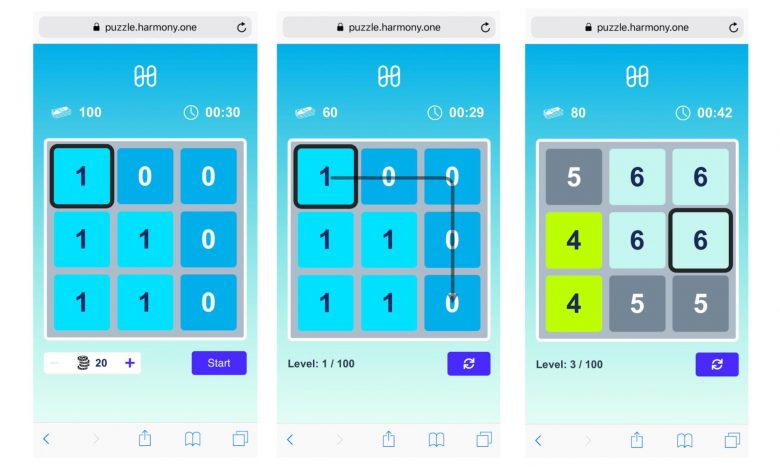Harmony (ONE) – harmony.one’s Consensus Algorithm: The Engine Behind Success

Harmony (ONE) – harmony.one’s Consensus Algorithm: The Engine Behind Success
Understanding Harmony’s Consensus Algorithm: A Game-Changing Technology
What is Harmony’s Consensus Algorithm?
Harmony’s consensus algorithm is a groundbreaking technology that powers the Harmony blockchain network. It is designed to ensure security, scalability, and decentralization while achieving consensus among network participants.
How does Harmony’s Consensus Algorithm work?
Harmony implements a variant of the Practical Byzantine Fault Tolerance (PBFT) consensus algorithm, known as Fast Byzantine Fault Tolerance (FBFT). This consensus algorithm enables the Harmony network to achieve consensus quickly and efficiently.
What sets Harmony’s Consensus Algorithm apart from others?
Harmony’s Consensus Algorithm has several distinctive features that make it stand out from the crowd. Firstly, it allows for a high transaction throughput, enabling fast and efficient processing of transactions. Secondly, it ensures consensus even in the presence of malicious or Byzantine nodes, enhancing the security of the network. Lastly, Harmony’s Consensus Algorithm dynamically shuffles validators to prevent concentration of power, promoting decentralization.
The Benefits of Harmony’s Consensus Algorithm
Scalability and Throughput
Harmony’s Consensus Algorithm is designed to scale horizontally, allowing the network to handle a large number of transactions per second. This scalability ensures that Harmony can meet the demands of enterprise-level applications and high-performance decentralized applications (dApps).
Decentralization and Security
By implementing a consensus algorithm that prevents concentration of power, Harmony ensures that no single entity can control the network. This decentralized approach enhances the network’s security and protects it against attacks from malicious actors.
Efficiency and Low Latency
Harmony’s Consensus Algorithm enables fast confirmation of transactions with low latency. This efficiency is crucial for real-world use cases where speed is essential, such as financial transactions or supply chain management.
Frequently Asked Questions (FAQs)
Q: How does Harmony achieve high transaction throughput?
Harmony achieves high transaction throughput by utilizing a sharding mechanism. The network is divided into multiple shards, each capable of processing its own set of transactions simultaneously. This parallel processing significantly improves the network’s overall transaction capacity.
Q: Is Harmony’s Consensus Algorithm secure?
Yes, Harmony’s Consensus Algorithm is designed with security in mind. By utilizing the FBFT algorithm, it can tolerate up to one-third of the participating nodes being Byzantine (malicious or faulty). This fault tolerance ensures that the network remains secure even in the presence of malicious actors.
Q: Can anyone become a validator on the Harmony network?
Yes, anyone can become a validator on the Harmony network by staking their ONE tokens. Validators play a crucial role in maintaining the network’s security and consensus. By staking their tokens, validators are incentivized to act in the best interests of the network.
In Conclusion
Harmony’s Consensus Algorithm is the engine behind its success. By combining security, scalability, and decentralization, Harmony has created a blockchain network that is capable of serving diverse real-world applications. With its innovative approach to consensus, Harmony is well-positioned to revolutionize the blockchain industry and foster widespread adoption of decentralized technologies.
If you have any more questions about Harmony’s Consensus Algorithm or its applications, feel free to reach out to us. We are here to help!